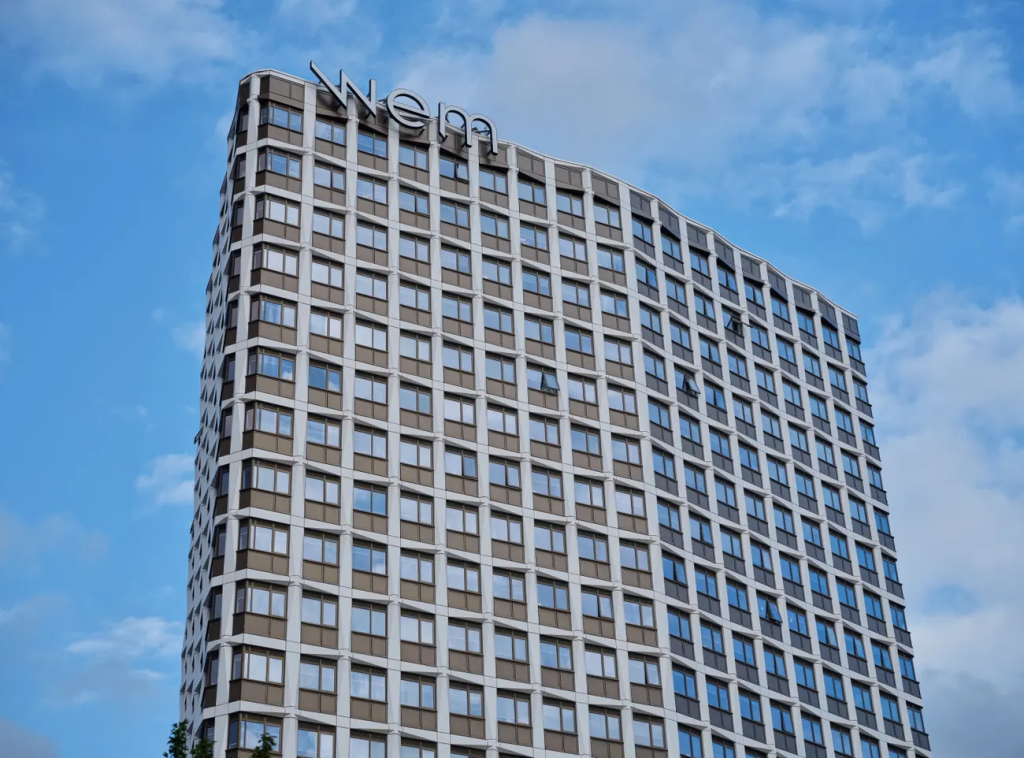What I remember from Anne Frank’s birthday party

From a memoir by Anne Frank's childhood friend Hannah Pick-Goslar, excerpted in Time magazine: "One morning in early June 1942, I was standing on the street whistling our usual whistle under the window of Anne’s apartment. Anne was running a bit late and I was anxious to get started on our walk. I whistled again, more urgently this time, but mid-whistle I stopped and smiled, as I saw Anne flying out of the door. She pressed an envelope into my hands with my name on it. “What’s this?” I asked, as we started walking quickly towards school. She smiled and watched me open it. An invitation to her 13th birthday party on Sunday, just two days after her actual birthday on June 12."
Arnold Schwarzenegger talks with Danny DeVito about life and death

From Interview magazine: "A few days after an in-depth conversation with Danny DeVito in his Bel-Air home, Arnold Schwarzenegger finds himself in a Culver City studio, puffing on a Cuban cigar while getting his portrait taken. The occasion is the launch of FUBAR, a family-friendly Netflix spy series that marks the legendary movie star’s first leading role on TV. While he extols the virtues of weightlifting and charms some of the girls on set, the 75-year-old former governor can’t quite shake the conversation with his Twins costar. “Did the interview make sense?” he asks. “There were so many questions about my upbringing... I don’t think we’ve ever talked about all that kind of stuff.”
Stimulating the brain with electrical currents could boost cognitive function

Shrey Grover writes for The Conversation: "Figuring out how to enhance a person’s mental capabilities has been of considerable interest to psychology and neuroscience researchers like me for decades. From improving attention in high-stakes environments, like air traffic management, to reviving memory in people with dementia, the ability to improve cognitive function can have far-reaching consequences. New research suggests that brain stimulation could help achieve the goal of boosting mental function. My colleagues and I have been examining the effects of an emerging brain stimulation technology on different mental functions in patients and healthy people. During this procedure, people wear an elastic cap embedded with electrodes that deliver weak electrical currents oscillating at specific frequencies."
The greatest threat to the health of the English countryside is sheep

From George Monbiot in The Spectator: "We pay billions to service a national obsession with sheep, in return for which the woolly maggots kindly trash the countryside. I blame Theocritus. His development in the third century BC of the pastoral tradition helps to inspire our wilful blindness towards its destructive impacts. His theme was embraced by Virgil and the New Testament, in which Christ is portrayed both as the Good Shepherd and as Agnus Dei, the Lamb of God. The beautiful nonsense Marlowe, Spenser and others published about the uncorrupted pastoral life resonates with us still. Their eclogues and idylls, bucolics and mimes persist today on Sunday-night television, through which we wistfully immerse ourselves in the lives of hunky shepherds and adorable lambs, sheepdog trials and market days."
Astrophysics and stale beer: What life is like working at the South Pole

John Messick writes for Salon: "Every winter, blowing snow consumes any place left open to the elements — every hole, every ventilation duct, every place where even a screw works loose. Mountains develop between the massive sub-ice fuel storage tanks. Drifts obliterate entire buildings. Each summer season, a mile of storage materials, organized in rows called "the berms," must be uncovered. Raytheon hires a small army of workers to uncover the buried station and help with odd jobs. For four months, I dug out boxes of station garbage, uncovered four-meter tall stacks of random metal pipe, shoveled off sheeting and L-brackets, bales of wire, old tires, lumber, t-shirts and frozen lobsters. I spent a week tucked under the floor of the station's storage arch, bolting shelving to the floor by hand. Temperatures in the crawlspace where I worked never fluctuated — they remained a constant 40 degrees below zero."
The Wembley Point mystery: who was the woman who jumped to her death?

Samira Shackle writes for The Guardian: "In October of 2004, a young woman walked into Wembley Point, a distinctive triangular office block in the outer reaches of north-west London. The 21-storey tower slices into the sky, a lattice of windows and white and bronze panelling. More than double the height of any other building in the vicinity, it is surrounded by a large car park and situated on an intersection. The woman got into the lift and took it up to the 21st floor, where there was a cafe. It was a workplace canteen, not the kind of place you’d know about if you weren’t familiar with the building. In the cafe, the woman bought a coffee and sat at a table close to a window. She smoked a cigarette from an almost empty 10-pack of Marlboros and leafed through a copy of the Guardian. Then sheclimbed on to the table, opened the window and jumped out."
This tiny tree is over 350 years old
via Massimo on Twitter


